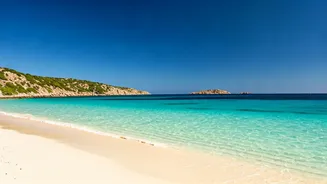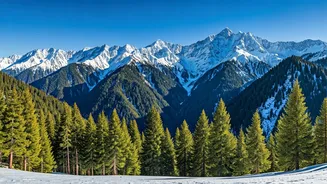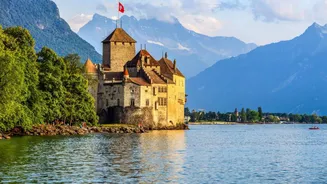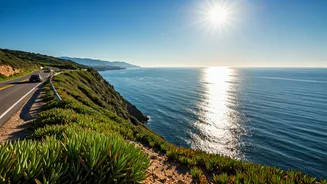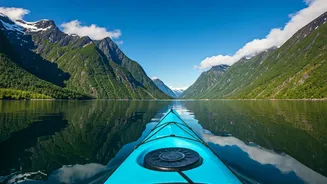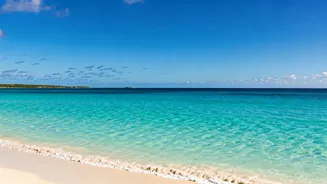Why Winter? Explore!
Winter in Zion National Park presents a unique charm, contrasting the bustling summer months with a tranquil atmosphere. The primary allure lies in the significant
reduction of visitors, resulting in a more intimate experience with nature. Scenic drives become more enjoyable without the summer traffic. The landscape undergoes a magical transformation, with snow-dusted canyon walls and frozen waterfalls enhancing the already spectacular views. Hiking trails, while requiring more preparation, offer a different perspective of the park's beauty. Wildlife sightings can become more frequent, as animals are more active during the cooler months. Photography enthusiasts find winter an ideal time to capture dramatic shots, with the play of light and shadow on the snow creating stunning visuals. The overall pace of exploration slows down, allowing visitors to savor the park's beauty at a more relaxed rhythm.
Dressing for the Cold
Dressing appropriately for winter in Zion is crucial for comfort and safety. Layering is key, enabling you to adjust to fluctuating temperatures throughout the day. Start with a moisture-wicking base layer to draw sweat away from your skin. Add insulating mid-layers, such as fleece or wool, to trap body heat. A waterproof and windproof outer layer is essential to protect against the elements. Consider insulated, waterproof boots with good traction to navigate icy trails. Don't forget accessories: a warm hat, gloves or mittens, and a scarf are necessary to protect extremities. Sunglasses and sunscreen are also important, as the sun can be intense even on cloudy days, especially when reflected off snow. Pack extra socks and consider bringing hand and foot warmers for added warmth. Always check the weather forecast and pack accordingly.
Weather Woes Uncovered
Winter weather in Zion National Park can be unpredictable and variable. Temperatures often range from freezing to mild, with occasional sub-zero nights. Snowfall is common, especially at higher elevations, which can impact road conditions and trail access. Ice formation on trails is a significant hazard, necessitating caution and appropriate gear. Flash floods, although less frequent than in summer, remain a possibility, particularly during periods of warm weather and melting snow. Strong winds can also occur, adding a wind chill factor that makes it feel colder than the actual temperature. It's essential to monitor weather forecasts and be prepared for changing conditions. Check road closures and trail conditions before heading out, and be ready to alter plans if necessary. Always let someone know your itinerary and estimated return time.
Places to Unwind
Finding comfortable accommodations is a key part of planning a winter trip to Zion National Park. Options range from hotels and motels in the nearby town of Springdale to cozy lodges located just outside the park boundaries. Several hotels offer amenities such as fireplaces, hot tubs, and indoor pools, which provide a warm refuge after a day of exploring. Consider the location carefully, some places offer convenient access to the park's entrance, reducing travel time. If you prefer a more rustic experience, campgrounds are open year-round, but they have limited facilities and require careful planning, especially during colder months. Check for availability and make reservations well in advance, as popular accommodations tend to fill up quickly, even in winter. Alternatively, explore vacation rentals and bed and breakfasts for a unique stay, but make sure they have the necessary amenities, like heating and insulation, for a pleasant winter experience.



